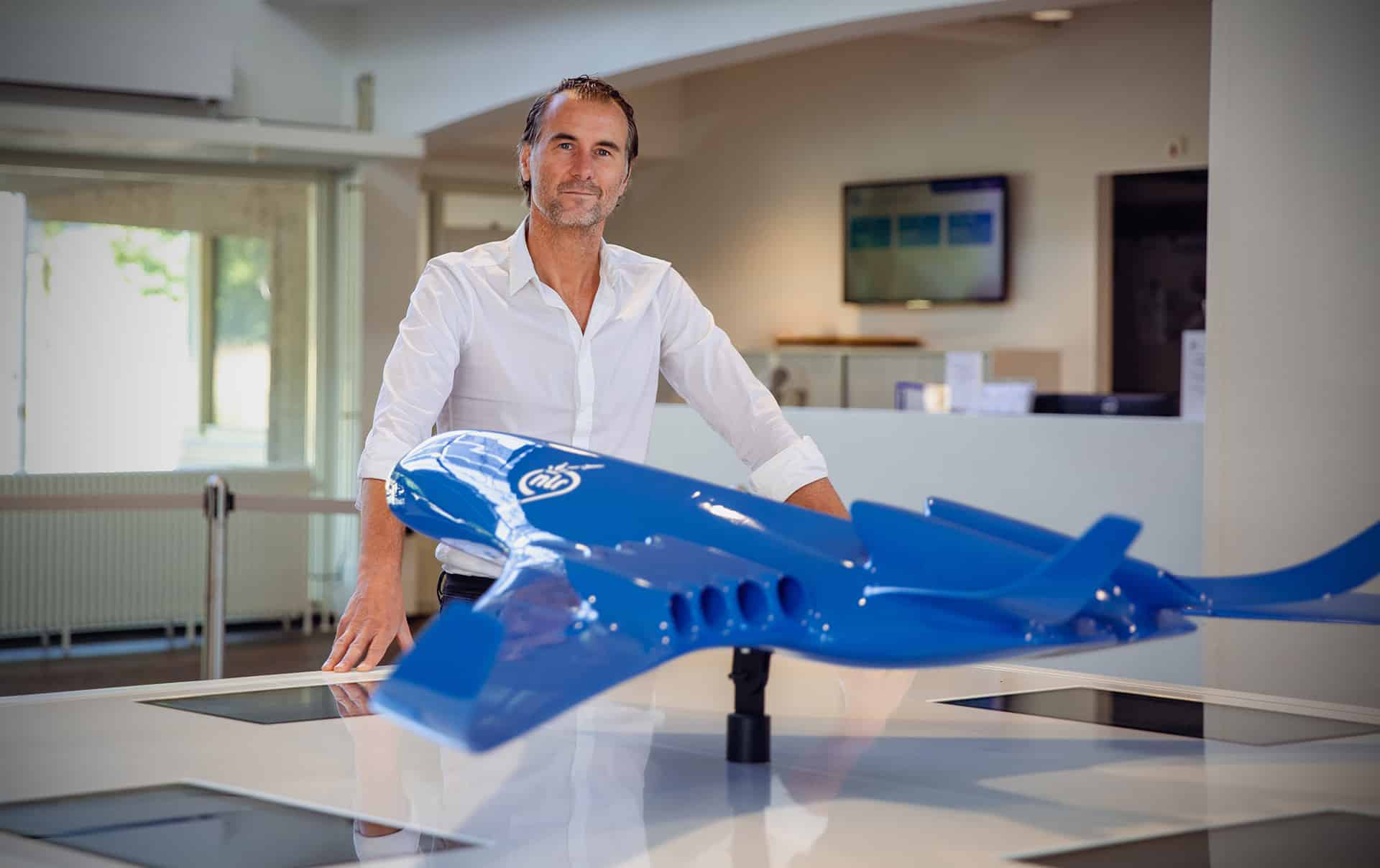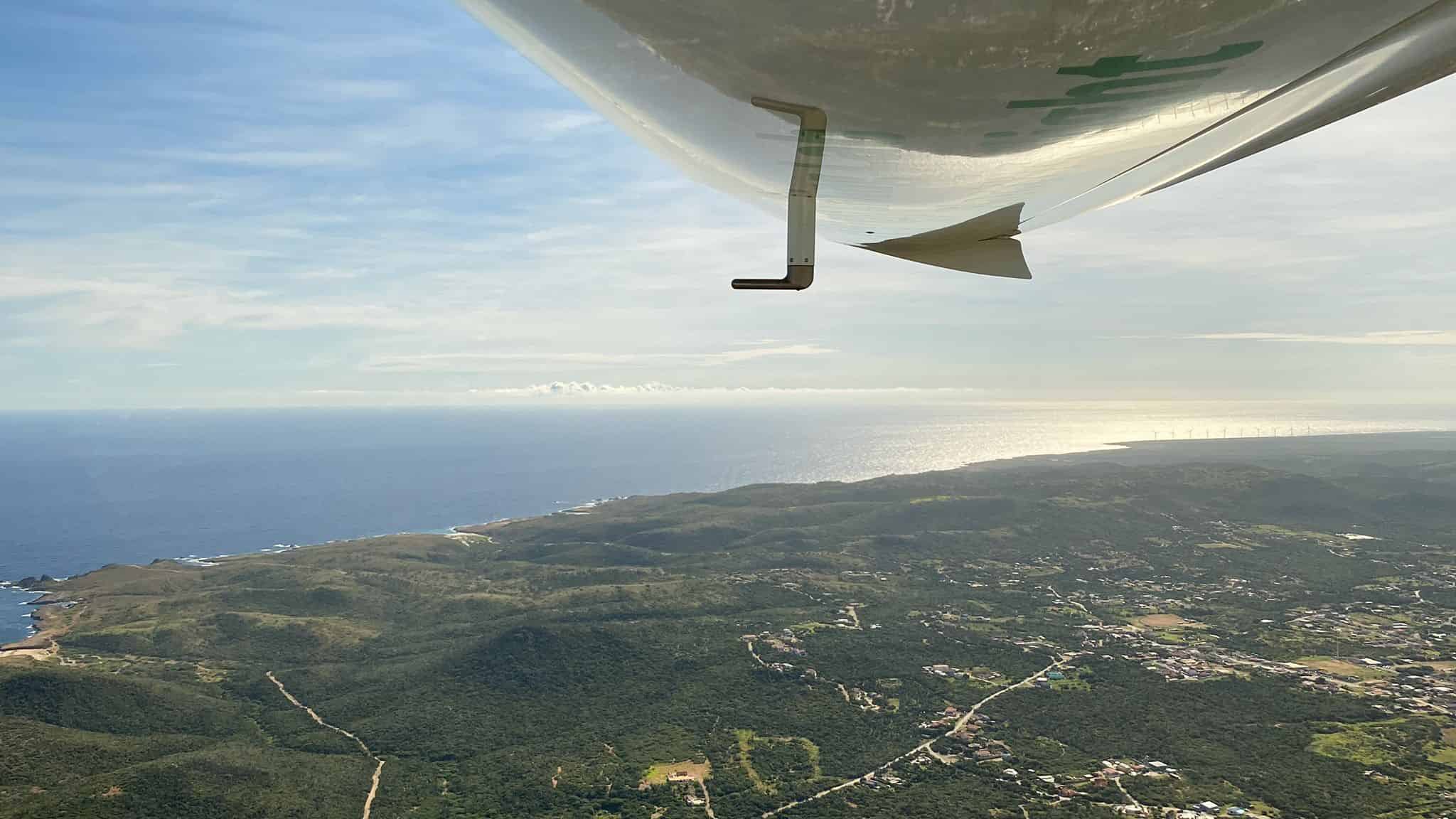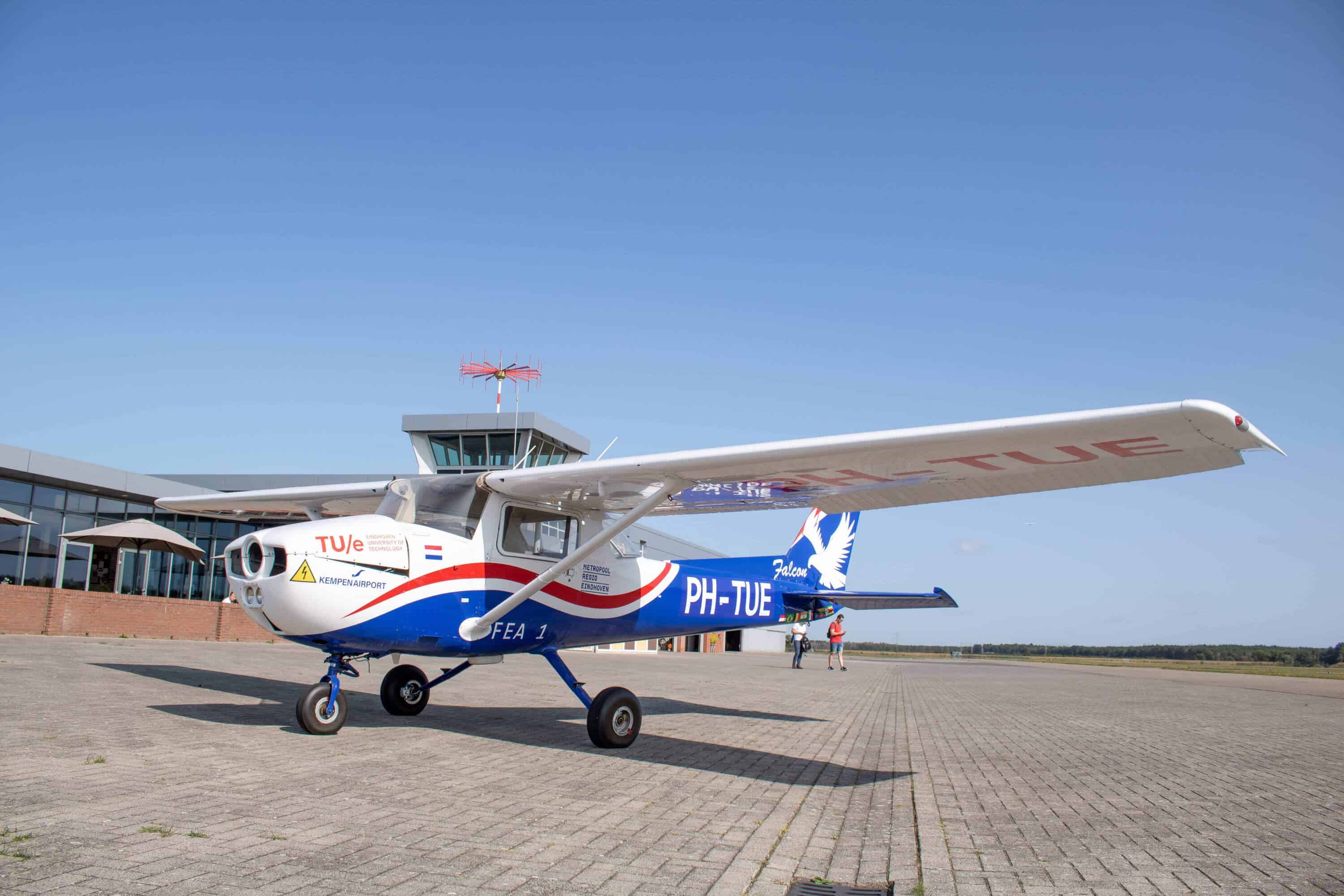
Jos Vankan is a principal scientist at the Royal Netherlands Aerospace Centre (NLR). When he’s not at work, you’ll often find him on the water with his kite. “That’s when it all comes together, you know? I sometimes say that I don’t necessarily have much affinity with aviation, but then I’m involved in aerodynamics in my spare time too.”
Anyone chatting with Jos about his profession will see an impassioned yet thoroughly modest researcher. Mind you, his curriculum vitae speaks for itself: the born-and-bred Limburg native has dozens of scientific publications to his name.
- This article highlights Jos Vankan, an expert in the field of aeroelasticity and works at the Royal Netherlands Aerospace Centre (NLR).
- Jos Vankan’s work focuses on studying the interaction between aerodynamics and structural dynamics in aircraft, particularly in relation to flutter and gust response.
- He has contributed to the development of innovative solutions and technologies that enhance the safety and performance of aircraft, making him a valuable asset in the field of aeroelasticity.
Predicting aircraft behaviour
Jos works in the Collaborative Engineering Systems department, where much of his work revolves around today’s hottest aviation challenge: sustainability. Researchers can use mathematical models to predict how an aircraft will behave under rapidly changing conditions. Different propulsion systems such as kerosene, hydrogen or electricity, and light and strong materials such as composites reinforced with carbon fibre can be investigated using these models. “As a passenger, you don’t notice that the aircraft’s wings and fuselage are made of composites that are lighter than aluminium, so that the plane uses less fuel and flies more economically and cleanly. Taken together, though, these developments make a big difference for our climate and environment. It’s great to be part of that; there are more than seven hundred of us at NLR working every day on improving aviation.”

Bringing different disciplines together
Optimum use of composites for aircraft parts is complicated. A composite always consists of two or more materials. ”These can be a thermoplastic matrix and carbon fibres, for example,” explains Jos. “Thermoplastics, unlike thermosetting materials, melt when heated. The ultra-strong carbon fibres are embedded in that thermoplastic, so to speak, as long strands in a specific orientations.” An aircraft wing, for instance, is made of very thin composite layers (only a few tenths of a millimetre thick) stacked on top of one other to form a sheet just a few millimetres thick.
One technique for bonding these types of thermoplastic-carbon composites is welding with electromagnetic induction. The carbon fibres in the material conduct electricity very well, but the matrix material –the thermoplastic – has a high electrical resistance. ”Because the fibres conduct, you can heat the matrix using an induction mechanism. The orientation of the fibres is critical for this. In those stacked layers of composite, there are fibres in all kinds of orientations affecting the distribution of heat within the material. So you’re dealing with very complex phenomena on a very small scale.”
“It’s a huge challenge, but I love it when it works out in the end.”
Jos Vankan
This research project lasted five years and expanded our knowledge about using composites in the production processes of fuselage or wing materials. “When you’re doing research involving a range of disciplines such as electromagnetics, mechanics, materials science and manufacturing engineering, you really have to understand each other well. That’s a huge challenge, but I love it when it works out in the end.”
Hybrid configuration
On behalf of NLR, Jos is also involved in hybrid electric propulsion projects, in which aircraft use different energy sources and drive mechanisms simultaneously or in series during the flight. The combination of energy sources should make it possible to optimise overall energy efficiency and reduce fuel consumption. “Suppose you house batteries in the wings instead of in the fuselage. How far can you fly then and with how many passengers? What is the impact of using a slightly different engine? We can use models to predict the answers to these questions as best we can.”

From fundamental to practically-oriented research
Rewind to 1996: Jos has just completed his PhD on the microstructure of biological material at Maastricht University and TU Eindhoven. He is sending dozens of job applications to companies where he hopes to do practically-oriented research – Philips, DSM, KNMI… they were all part of the equation. It was quite a quest because the job market at the end of the nineties was totally different to the job market now. Until he gets a response from NLR. “I didn’t have much to do with aviation until then,” Jos confesses with a smile. Yet it turns out to be a golden match because, twenty-five years later, he’s still walking around the Netherlands Aerospace Centre corridors in Amsterdam. He is not the proud type and above all wants to do his job well. “In that respect, I’m more of a down-to-earth North Hollander than an ambitious Limburger,” he concludes with a grin. He moved to the Amsterdam area in 1996 for his job at NLR. It was a minor culture shock, but now he feels at home.
Sustainable, greener aviation has been a leitmotif throughout his career. So the idea that the industry has only recently started looking at how to fly more economically and efficiently is a misconception the researcher wants to dispel. “Over the last fifty years, the amount of kerosene required by an aircraft has fallen drastically. The industry has made huge strides. I sometimes miss that nuance. The tone in public discourse is that aviation is polluting and harmful. But it’s not so much that flying is polluting: travelling very quickly a very long way is polluting, whether by plane or otherwise.”
As it has over the past fifty years, the aviation engineer expects the industry to become even more energy-efficient in the next half century. However, the more economical, cleaner and more efficient aviation becomes, the more difficult further improvements become. ”It’s a big challenge, one that the whole industry is working very hard on. I enjoy playing my part in that.”
Next episode (August-September 2023): Ellen van Leeuwen, principal engineer, on her drive for data for noise regulations for the Dutch Royal Air Force.

